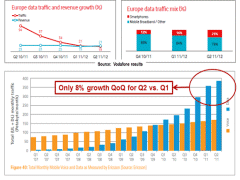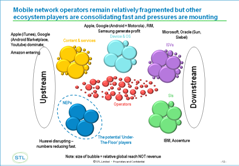
The Future of Work: How AI can help telcos keep up
This research defines and considers the topic “Future of work” – exploring the impact of emerging technologies and economic and social changes on telcos, and identifying how A3 (analytics, AI and automation) can help solve new challenges.


